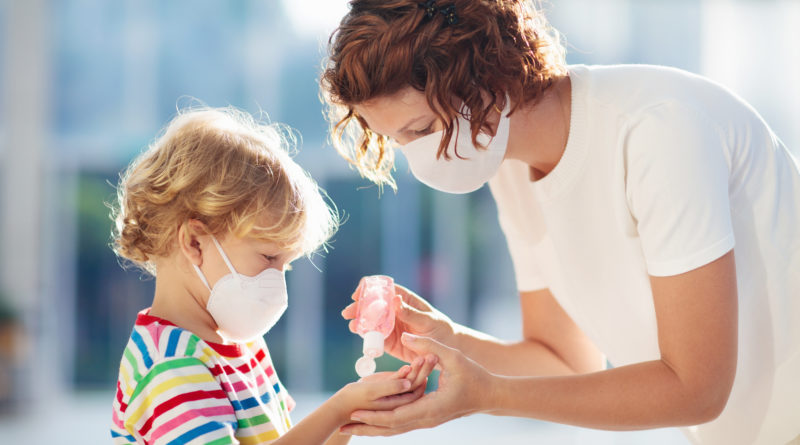Should You Wear a Face Mask?
42,485 total views, 1 views today
Over the course of the COVID-19 pandemic, stances on wearing face masks to limit the virus’ spread have changed. Early on, experts insisted that it wasn’t necessary to wear a face mask, but in recent days, the conversation has shifted in favor of doing so, for both public health and social stigma reasons. There isn’t yet one widely agreed upon sentiment, but below, you can find everything you should consider when deciding whether to wear a face mask.
Why it wasn’t initially recommended to wear a face mask
At the start of the U.S. COVID-19 outbreak, experts recommended that only healthcare professionals wear face masks. As late as the final full week of March, the Centers for Disease Control and Prevention (CDC) declared only N95 face masks safe for preventing wearers from contracting COVID-19 from the saliva droplets of people within six feet of them.
At the time, the CDC recommended N95 face masks solely for use among healthcare workers tending to intubated patients. Healthcare workers tending to other patients were instructed to wear standard medical gear such as gloves, face shields, eyewear, and surgical masks. Nowhere in this CDC guidance did the agency recommend that the general public wear face masks.
Why the CDC is now recommending you wear a face mask
Some recent studies have suggested that COVID-19 can be spread not just through coughs and sneezes, but by just talking and breathing. The CDC is thus soon expected to issue a non-mandatory advisory strongly encouraging Americans to wear face masks whenever they go out in public (which you should only do to purchase essential goods or enjoy brief outdoor exercise near home). There’s one key distinction important to note: The CDC will likely recommend that Americans outside the healthcare sector wear cloth masks, which are not the same as medical N95 and surgical masks.
How do cloth masks and medical masks differ?
N95 masks can protect wearers from 95 percent of airborne pathogens because the mask’s pores trap both large saliva droplets and small particle aerosols. Additionally, their straps form a strong seal that prevent pathogens from getting around the mask’s sides. Surgical masks can protect wearers from the same large droplets as N95 masks, but they may struggle to block small particle aerosols and form a strong seal. The effectiveness of cloth masks remains up for debate, though one study has shown them to be three times less protective than surgical masks. However, unlike N95 and surgical masks, cloth masks are fairly easy to make yourself at home.
How to make (and when to wear) a face mask
If you have a couple of old t-shirts lying around that you don’t plan to wear in the foreseeable future, you can fashion them into a homemade face mask. After washing these t-shirts – or any clothes made from fabric that’s tightly woven but breathable enough not to block airflow – print a mask template, then get scissors, a pen or marker, 3.6 feet of flat elastic, and a needle and thread or a sewing machine. Once you have all these materials, follow these instructions to make your face mask, and be sure to work on a surface that you’ve thoroughly disinfected beforehand.
Once you’ve made your face mask, you should wear it whenever you go out in public, even if it’s just for a walk or jog around the block. Whenever you’re home – which should be almost all the time as this pandemic runs its course – you don’t need to wear a mask unless you or someone you live with is showing COVID-19 symptoms. As you and more people around you begin regularly wearing masks, the number of COVID-19 cases across the country could eventually, finally begin lessening.

